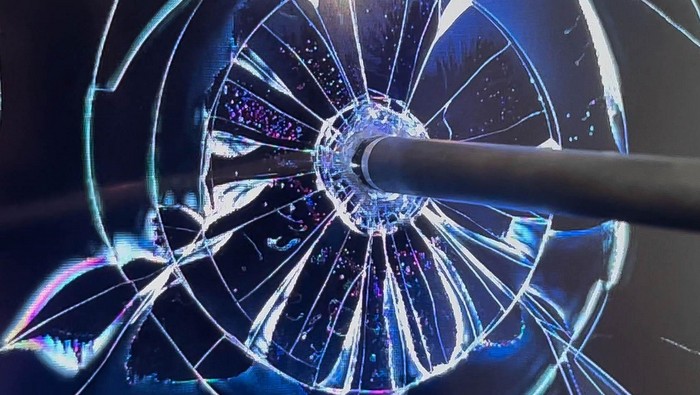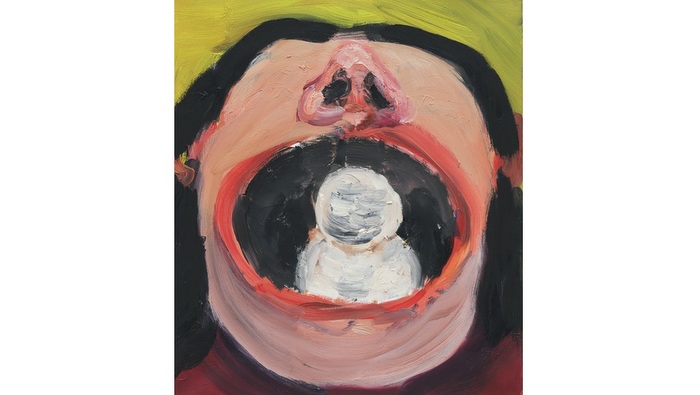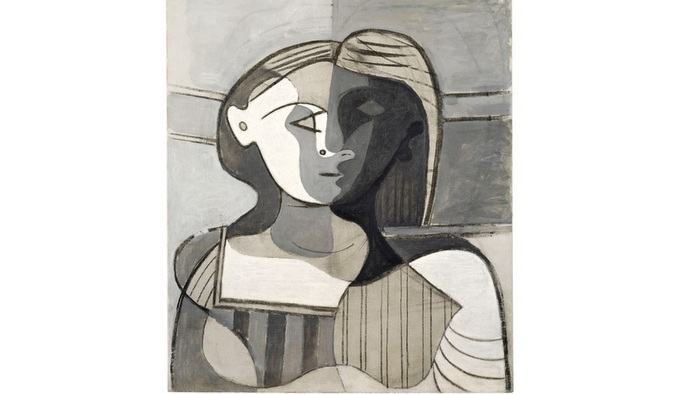Like no other region in Austria, the Salzkammergut served as a point of transit and salvage for important works of European art history during the Second World War, including art looted by the National Socialists. After the first bombing raids, exhibits for Adolf Hitler’s “Führer Museum” and works of art from the Schack art collection in Munich were stored in the Altaussee salt mine and in makeshift depots such as inns and churches. Austrian museums also used a mine, the Franz-Josef-Erbstollen (Franz Josef adit) in Lauffen near Bad Ischl in the Salzkammergut, as a refuge facility in 1944/45.
The exhibition features more than 80 paintings and objects that were collected, stored, retrieved and rescued in the Salzkammergut during the war years. All of the items are on loan from public museums, and their current and historical ownership status is documented in the exhibition. They include artworks that were looted by the Nazis and later restituted to their owners, as well as works of art whose origins are the subject of ongoing provenance research.
Masterpieces from the 8th to the 20th centuries by Arnold Böcklin, Goya, Edvard Munch, Lovis Corinth, Jacob van Ruisdael, Anthonis van Dyck, Giovanni Battista Tiepolo, Max Liebermann, Jakob Jordaens, Titian, Moritz von Schwind and Ferdinand Georg Waldmüller, among others, as well as a historical model of the Ghent Altarpiece tell the stories of their odysseys with many stops along the way.
With the critical intervention Ruinenwert by the sucessful German artist Henrike Naumann the exhibition is complemented by a contemporary perspective.
On the cover: Exhibition View. The Journey of the Paintings. Hitler’s Cultural Policy, the Art Trade and Storage Operations in the Salzkammergut in the Nazi Era, 2024
Lentos Kunstmuseum Linz
Image: Violetta Wakolbinger
Source: Lentos Kunstmuseum Linz
Related Publications

Leo Pum presents HYPER LIKE at HYPER HOUSE
December 18, 2025
Aargauer Kunsthaus. Klodin Erb. Curtain falls dog calls
December 17, 2025












